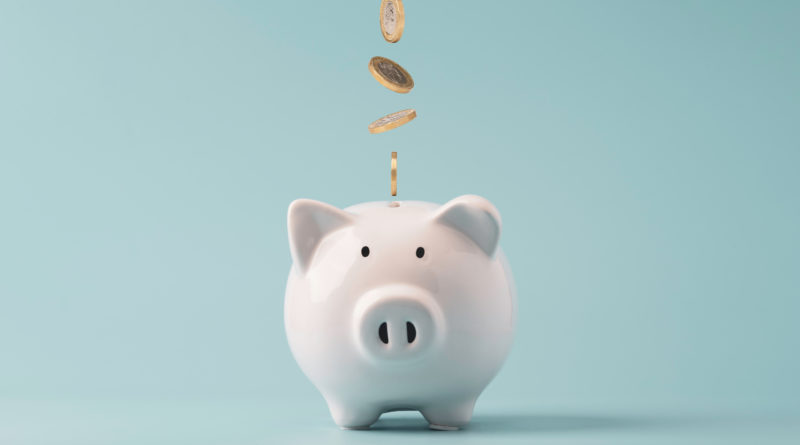A 101 on the Consumer Price Index and Inflation
28,271 total views, 4 views today
Inflation is one of the most important economic metrics, and when you hear about it on the news, you’re probably always hearing about the “Consumer Price Index.” This can be a confusing concept if you’re unfamiliar with it, so read on below for a primer on all things related to inflation and the Consumer Price Index.
What is inflation?
Inflation is a word that you probably hear all the time these days, but what does it actually mean? Well, inflation is an economic term that describes a rise in the average prices of goods and services across an economy. Inflation is also often described as a decrease in the value of the dollar over time, as the number of goods or services you can purchase with each dollar decreases when inflation rises.
Some level of inflation is normal in any economy, but when inflation rises too quickly, it can be difficult for businesses to adjust to the change and increase the wages of their employees. Since the end of COVID-19 lockdowns, inflation rates have risen dramatically.
How does inflation happen?
There is no single cause of inflation, and changes in the value of the dollar over time are affected by a variety of factors. Some of these factors include the availability of critical natural resources, the amount of new money being minted by the government, and a growing economy. For example, one major factor in inflation over the last year has been the economic stimulation of people going out again after COVID-19 lockdowns.
What is the Consumer Price Index?
According to the U.S. Bureau of Labor Statistics, which measures the Consumer Price Index (CPI), the CPI is “a measure of the average change over time in the prices paid by urban consumers for a market basket of consumer goods and services.”
The CPI is a number that represents the average change in prices as a percentage. A positive CPI means that prices have increased, and a negative CPI means that prices have decreased. A CPI of 5.5, for example, would mean that, on average, goods and services are 5.5 percent more expensive now than they were 12 months ago.
What is inflation like in 2022?
Now that you know the significance of inflation and the CPI metric, what is inflation like in 2022? According to current statistics by the Bureau of Labor Statistics (BLS), the consumer price index for all items is 8.2 for the most recent 12-month period. As stated earlier, this means that the average price of all goods and services has risen by 8.2 percent in the last year.
Inflation isn’t exactly the same across all categories, however, and some sectors have been hit more than others. For example, the current CPI for food is 11.2 percent and the CPI for energy is a whopping 19.8 percent. When these two items are removed from the data, the CPI for all other goods and services is 6.6 percent.

